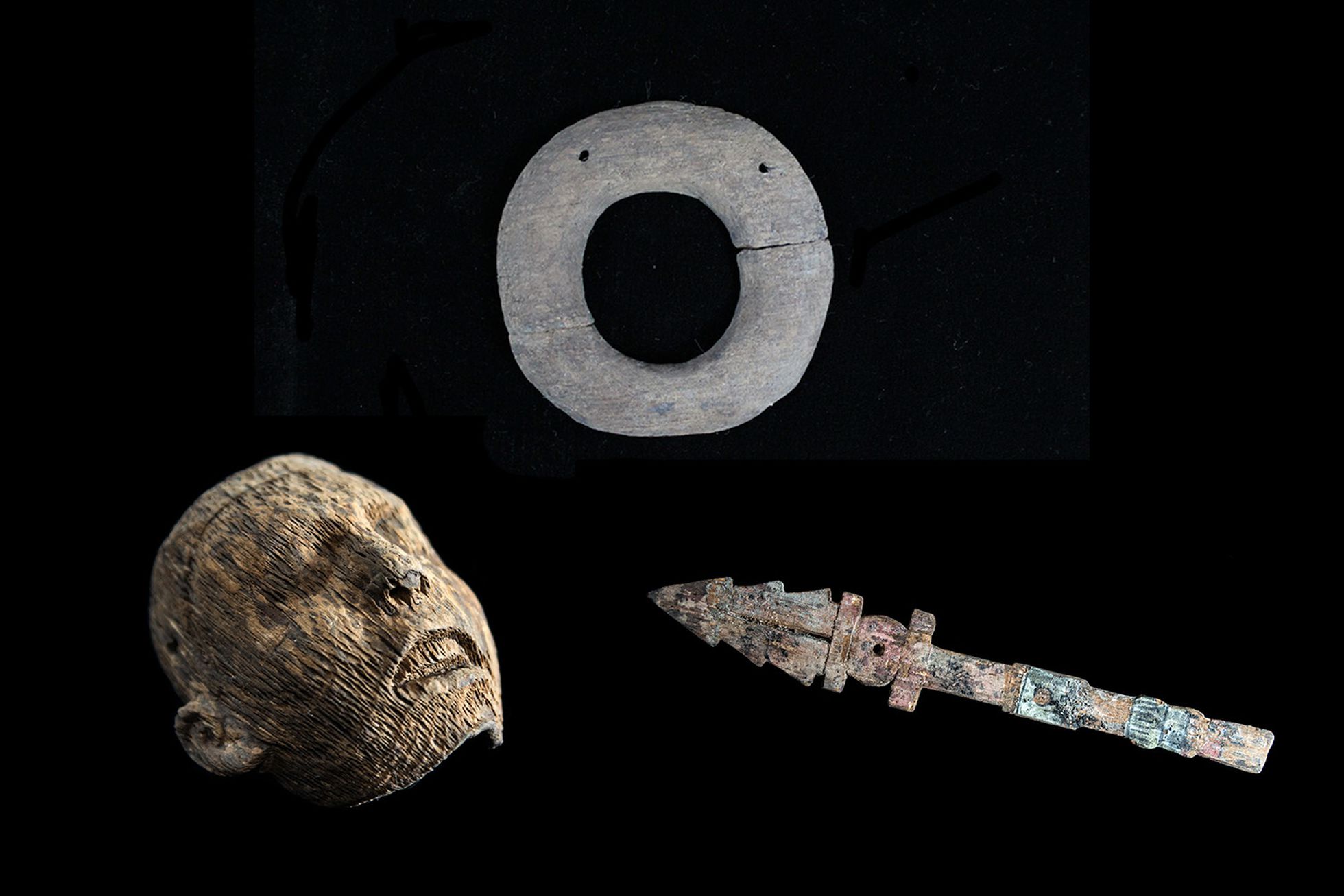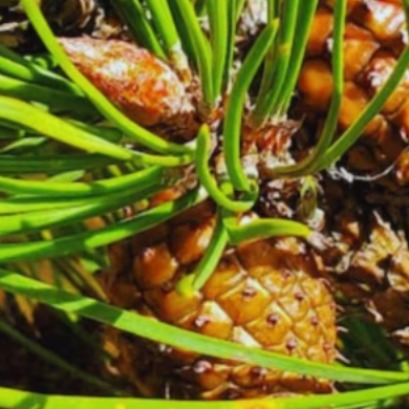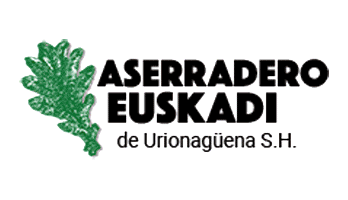
The 2,550 wooden objects recovered for the first time from the offerings of the Templo Mayor of Tenochtitlan
Archaeologists, restorers and specialists have managed to rescue objects that have survived more than 500 years submerged in water, some completely flooded. It is a true feat of science dedicated to the conservation of these materials
So far, there are 2,550 wooden pieces that archaeologists, restorers and specialists have managed to rescue from the extraordinary offerings found at the foot of the Great Temple of old Tenochtitlan: darts, dart throwers, pectorals, earrings, masks, ornaments, earmuffs, sceptres, jars, headdresses, a representation of a flower and another of bone, all found in the ritual deposits made by the priests to consecrate a building or make a request to the Aztec gods. This is a true feat of science dedicated to the conservation of these naturally delicate plant materials. The objects have survived more than 500 years submerged in water, some completely submerged.
A high and constant level of humidity, little oxygen and light, as well as minimal temperature fluctuations, contributed to the preservation of the organic remains to this day. While, a modern method of conservation and stabilization, in which synthetic sugars are used (lactitol and, later, trehalose) - a technique used for the first time in Mexico, in 2002, by the restorer Alejandra Alonso, who carried out the stabilization of the wooden artifacts from Offering 102 in the Templo Mayor — will be preserved for this and future generations to see. Due to their natural vulnerability, the preservation of the wooden objects in the offerings located at the foot of the spiritual center of the Mexica is considered exemplary.

IT MAY INTEREST YOU
 The tallest palm tree in the world is in South America: it is the height of a 20-story building
The tallest palm tree in the world is in South America: it is the height of a 20-story building
The worlds tallest palm tree stands deep in South America, a giant that challenges the limits of plant life Deep in South America, between the fog and the mountains, hides a giant tree that few know about. Majestic and silent, challenging the world on what plant life can achieve.
 Native forest | In Misiones, controls are tightened on routes for illegal transport of native wood, logging of forests without permits and fraudulent digital guides
Native forest | In Misiones, controls are tightened on routes for illegal transport of native wood, logging of forests without permits and fraudulent digital guides
Informality in forestry activity in Misiones was once again evident, the culture of operating illegally is a historical problem, and the Ministry of Ecology and Renewable Natural Resources carries out the corresponding control and inspection operations in the regulation of productive activity and sustainable management for the use of native forests.
 The DNA of forests: they discover what makes a tree resist drought
The DNA of forests: they discover what makes a tree resist drought
An international team, with the participation of INTA and Conicet, discovered that genetics can be decisive for trees to better resist droughts





















